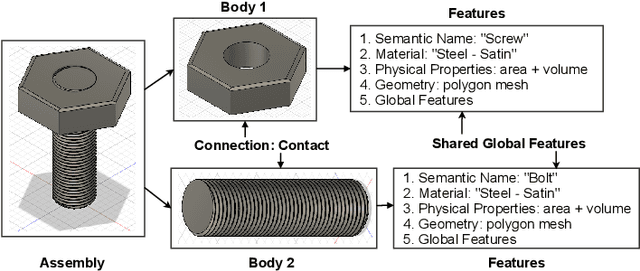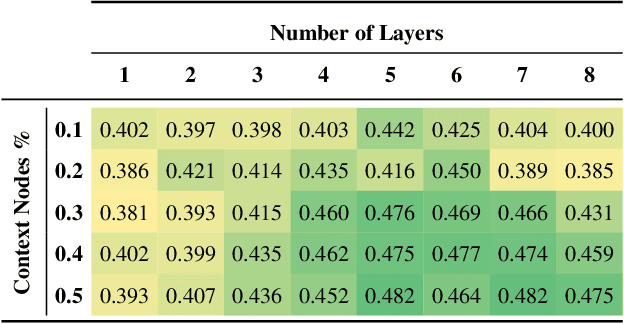Richard Otis
AiBAT: Artificial Intelligence/Instructions for Build, Assembly, and Test
Oct 03, 2024Abstract:Instructions for Build, Assembly, and Test (IBAT) refers to the process used whenever any operation is conducted on hardware, including tests, assembly, and maintenance. Currently, the generation of IBAT documents is time-intensive, as users must manually reference and transfer information from engineering diagrams and parts lists into IBAT instructions. With advances in machine learning and computer vision, however, it is possible to have an artificial intelligence (AI) model perform the partial filling of the IBAT template, freeing up engineer time for more highly skilled tasks. AiBAT is a novel system for assisting users in authoring IBATs. It works by first analyzing assembly drawing documents, extracting information and parsing it, and then filling in IBAT templates with the extracted information. Such assisted authoring has potential to save time and reduce cost. This paper presents an overview of the AiBAT system, including promising preliminary results and discussion on future work.
Material Prediction for Design Automation Using Graph Representation Learning
Sep 26, 2022



Abstract:Successful material selection is critical in designing and manufacturing products for design automation. Designers leverage their knowledge and experience to create high-quality designs by selecting the most appropriate materials through performance, manufacturability, and sustainability evaluation. Intelligent tools can help designers with varying expertise by providing recommendations learned from prior designs. To enable this, we introduce a graph representation learning framework that supports the material prediction of bodies in assemblies. We formulate the material selection task as a node-level prediction task over the assembly graph representation of CAD models and tackle it using Graph Neural Networks (GNNs). Evaluations over three experimental protocols performed on the Fusion 360 Gallery dataset indicate the feasibility of our approach, achieving a 0.75 top-3 micro-f1 score. The proposed framework can scale to large datasets and incorporate designers' knowledge into the learning process. These capabilities allow the framework to serve as a recommendation system for design automation and a baseline for future work, narrowing the gap between human designers and intelligent design agents.
 Add to Chrome
Add to Chrome Add to Firefox
Add to Firefox Add to Edge
Add to Edge